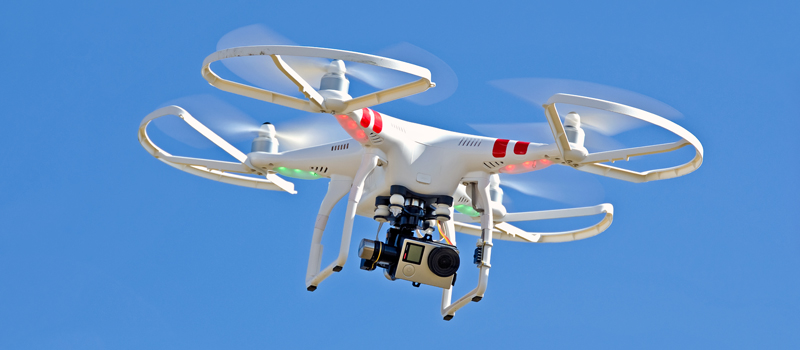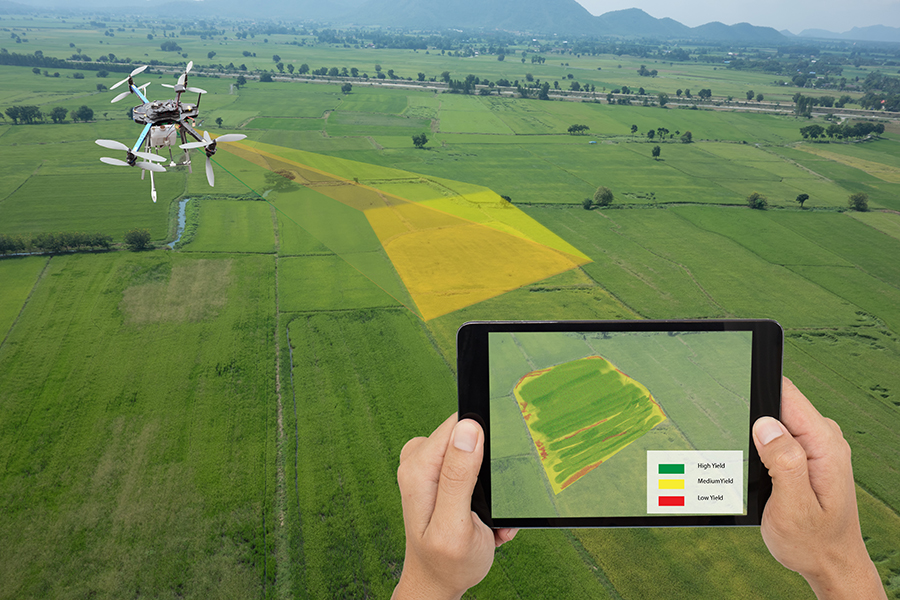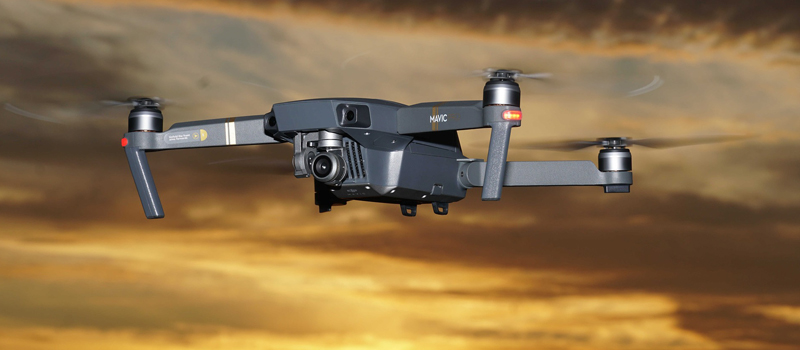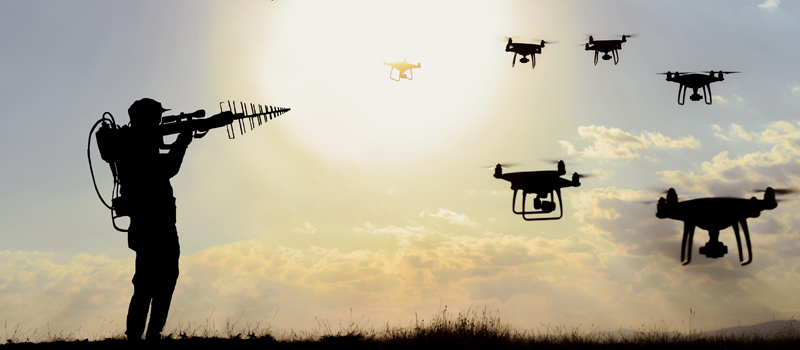One of the first things you will learn as a drone pilot is that not all people will be happy to see a drone flying overhead. Although most people will be curious or intrigued, there will eventually be that one person who insists that you are using the drone to spy on them or infringe on their privacy.
In an attempt to understand how the other side thinks, let us look at the ways that people can spot drones. These can mainly be done in two ways – using your senses or with the help of technology.
Visual scanning
The easiest way to spot a drone is to simply look for them visually. We are talking about consumer-grade drones here, of course, and not the type of drones that the military uses for surveillance. Those typically operate several thousand feet altitude.
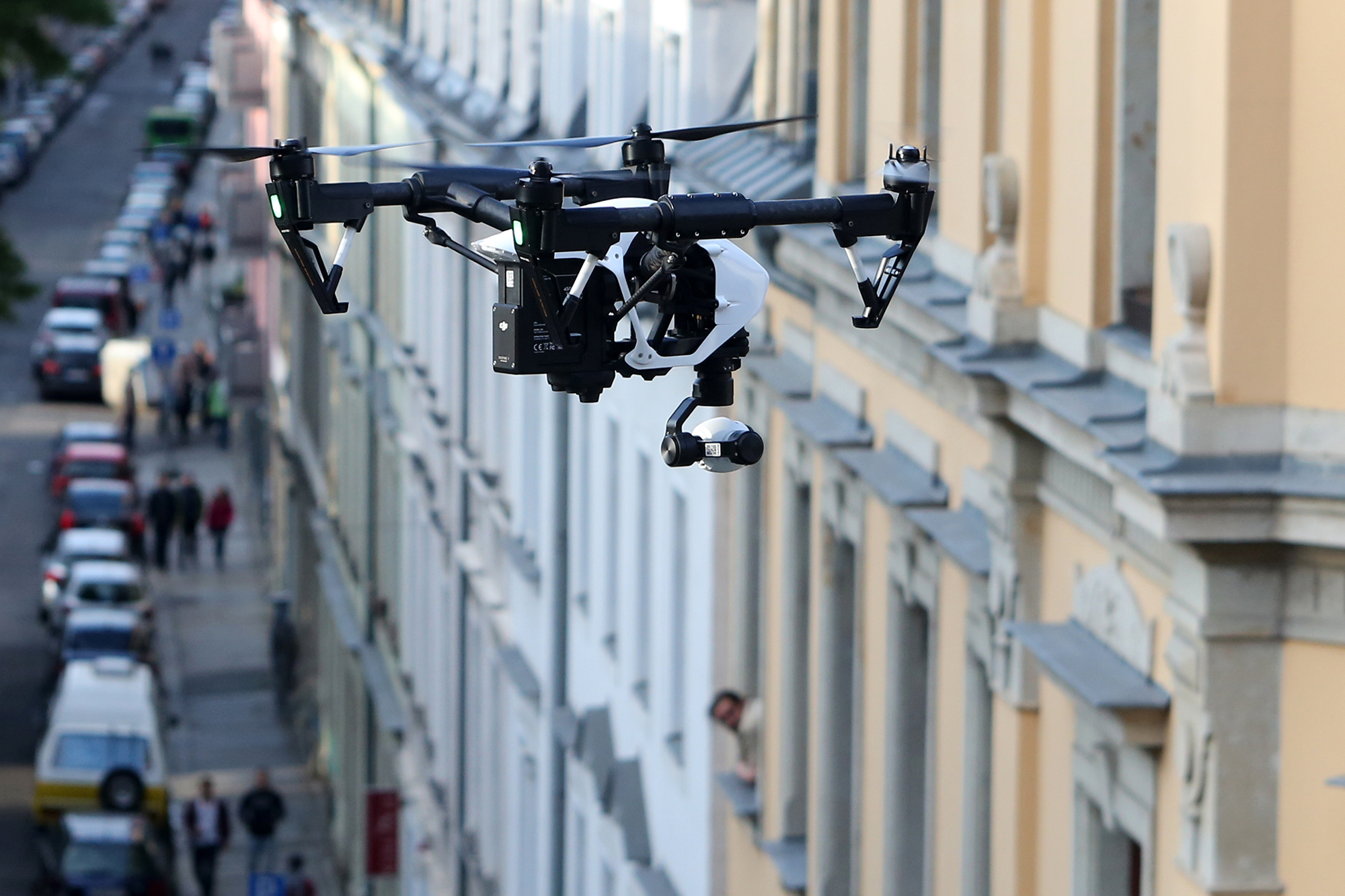
On a bright day, a drone flying at below 200 feet would be very easy to see. Even at the maximum allowable altitude of 400 feet, a moving speck in the sky is fairly obvious if you know what you are looking for.
At night, drones typically fly with anti-collision or positioning lights. The common colors are white, green, or red. Some may argue that pilots who do illegal espionage will likely have these lights turned off. However, flying a drone at night without lights is very difficult. It becomes almost impossible, even for the drone pilot, to keep track of them.
Listen for the noise
Most consumer-grade drones used today are quadcopters. One thing that quadcopters are known for is the fact that they are very loud. They emit an unmistakable buzzing noise that you cannot miss if one is flying within 100 to 200 feet away from you.
At night, the buzzing sound that a drone makes becomes even more prominent. If it’s close enough to your window to record what you are doing, then it most certainly will be loud enough for you to hear if you’re paying attention.
DOES NOT WORK – Using a smartphone app
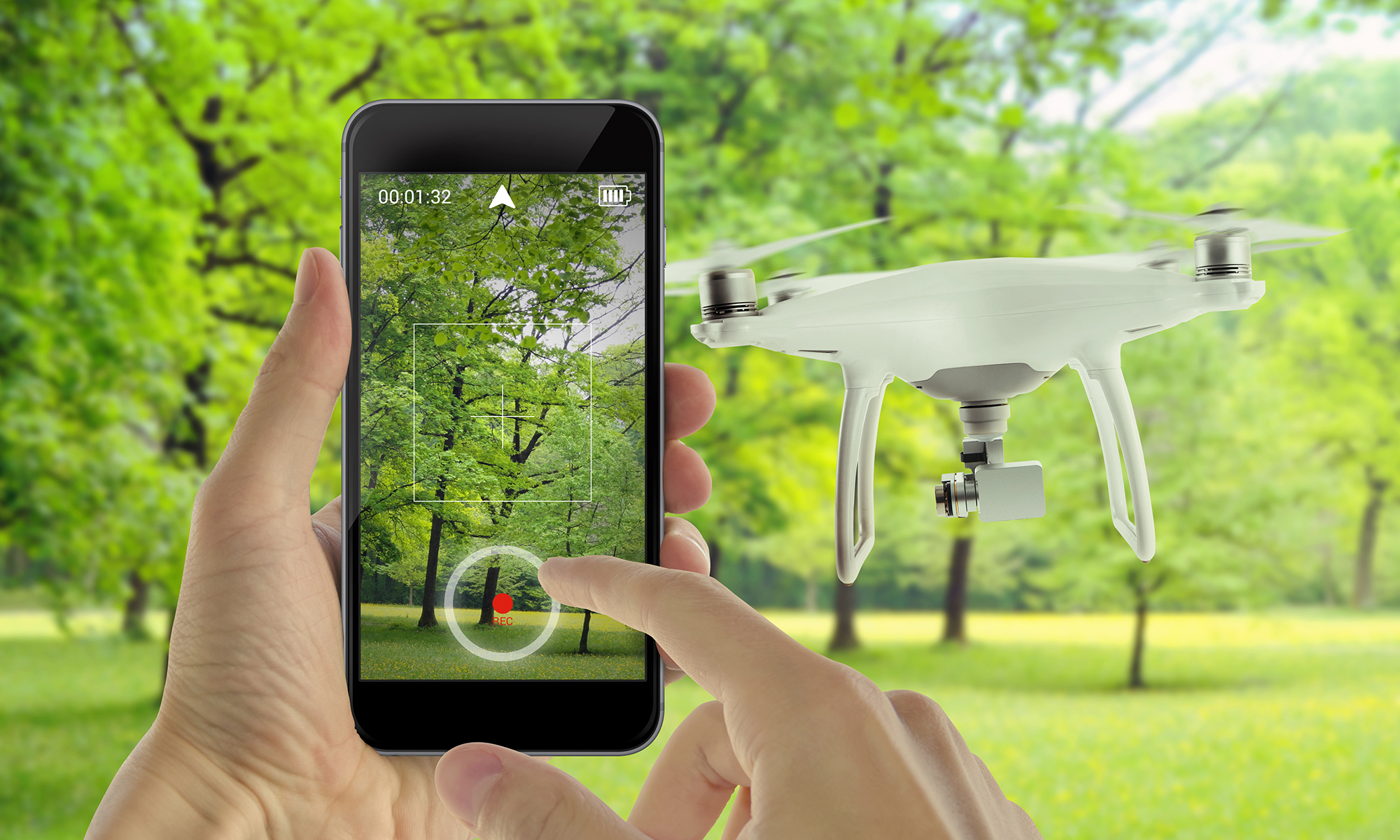
Many websites have listed down the DroneWatcher app as a legitimate way to detect drones near you. According to the app description, it detects any unencrypted Wi-Fi signals in the surroundings and compares these signals with a database to determine whether they were coming from a drone.
Despite being quite heavily publicized back in 2017, there is no indication that this app even worked. It’s probably even less likely to work in today’s drone environment, given how many models there are and how data links have been encrypted. The app has also been delisted from the Android store.
Motion detecting cameras
If you’re worried about drones spying on your house, then putting up a couple of motion-detecting cameras might be a good idea. When placed against a background of a clear sky, the movement of a drone will be more easily caught by a camera than a person.
A motion-detecting camera works by continuously taking images and comparing these images for features that have changed. You can then set up the camera to record a clip or send a notification to your phone once any motion has been detected. If you want these cameras to continue working at night, make sure to get one with long-range infrared capabilities.
Motion sensors
Motion detecting cameras are effective but quite expensive. If you want better coverage for your home for a lower cost, you can consider setting up a system of motion sensors in your home’s windows. Microwave motion detectors are the cheapest option.
These sensors work by emitting continuous pulses of microwave signals in the direction they are pointed to. Should these signals become interrupted, the sensor will then either turn on a light or sound an alarm. If a drone flies close enough to a window to spy on you, it will almost certainly trip this alarm.
Using a radar detector
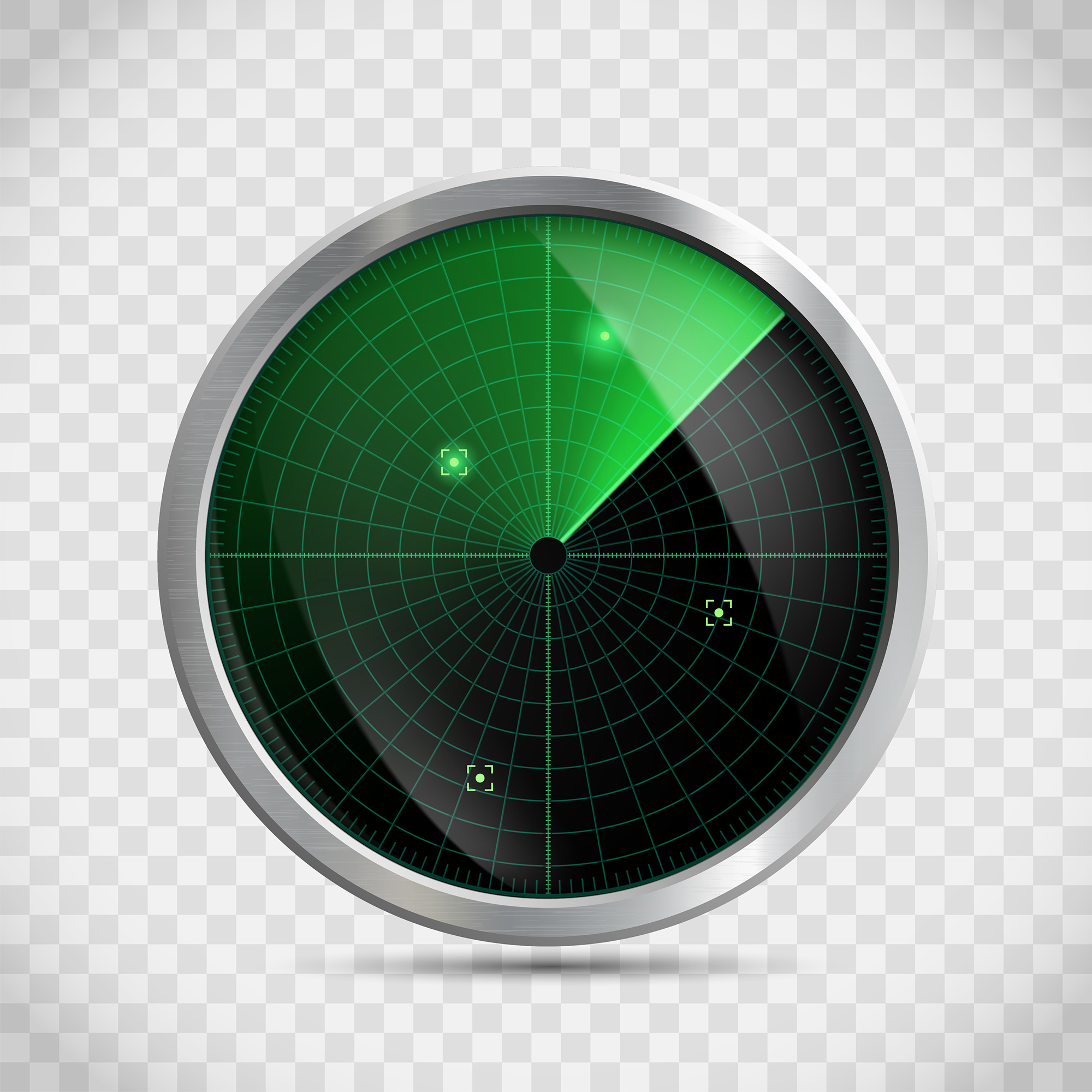
Reliable but pricey, a radar detector is probably one of the best tools you can get if you’re serious about detecting drones near your property. A radar detector uses a superheterodyne receiver to detect any electromagnetic signals being sent or transmitted by a nearby drone. Radar detectors are often used by car owners to detect if they are being monitored by speed guns.
Compared to microwave-based sensors, a radar detector can do surveillance over a wider area. They are also a good alternative if your surveillance system constantly gets triggered by birds.
SIDE NOTE: False alarms will be common
If you’re setting up any sort of technology-based surveillance system, then be ready to deal with lots of false alarms. A motion sensor, whether based on visual or microwave technologies, will almost certainly be triggered by birds and other animals. Even a radar detector can trigger a false alarm because of an electromagnetic signal from any device.
The truth is that you will likely be dealing with more false alarms than actual cases of illegal drone surveillance. If you are concerned about a drone flying near your property regularly, then it would be better to inform local law enforcement about your situation. Do not attempt to take down a drone, even if you believe that it is spying on you.
In any case, your best tools to detect a spying drone will still be your senses. Common consumer-grade drones aren’t nearly sophisticated enough to capture a clear photo or video of you without being seen or heard. Consumer-grade drones are great for capturing scenery but not quite as good in picking out the face of a person from 200 feet up.
A word of caution
The threat to privacy is certainly one of the most important and persistent issues hounding the drone community. Public fears aren’t entirely unfounded – there certainly have been several documented cases of drones being used to spy on people illegally.
If you’re worried about such a threat, you can take comfort in the fact that a drone cannot do this type of surveillance stealthily. Whether using your senses or some monitoring device, you will almost certainly know if there is a drone nearby.
That said, we advise against jumping to conclusions. A drone flying over your house may just be taking pictures of a nearby property or doing an inspection of nearby power lines. Drones are incredibly common now for professional use.
If you’re worried about a drone spying on you, we suggest getting in touch with local law enforcement. They will probably know the best course of action. There is even a chance that they have cleared the drone operations you are seeing. Taking matters into your own hands will almost certainly lead to even bigger problems.
